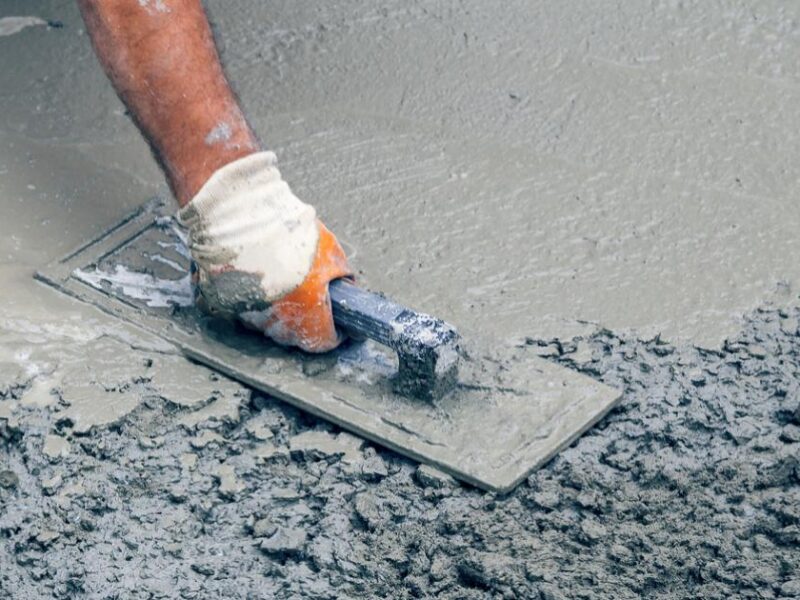House Painters Adelaide the exterior of your home is a significant investment in both time and money, and it’s crucial to get it right to ensure a long-lasting, durable finish. However, extreme weather conditions such as excessive heat, cold, rain, wind, or humidity can make exterior painting a challenge. Weather plays a huge role in how paint adheres to surfaces, how long it takes to dry, and how well it lasts over time. If you live in an area with extreme weather, knowing how to adapt your painting techniques can save you from costly mistakes and ensure your home’s exterior looks great for years to come. Here are some essential exterior painting tips for dealing with extreme weather conditions.
1. Plan for the Right Weather Conditions
Timing is everything when it comes to exterior painting. Ideally, you want to paint on a day with mild temperatures and low humidity. The perfect range for exterior painting is usually between 10°C and 30°C (50°F and 85°F), with minimal wind. Too much heat or cold can affect the way the paint dries, leading to poor adhesion and cracking.
Hot Weather: If you’re painting in a hot climate, avoid painting during the peak sun hours. Early mornings or late afternoons are the best times to paint when the temperature is cooler. Direct sunlight can cause paint to dry too quickly, resulting in a patchy or uneven finish. It’s also important to keep the surface cool by shading it or misting it with water before painting.
Cold Weather: Painting in cold weather is tricky because paint doesn’t adhere well below certain temperatures. Most paints require a minimum temperature of around 10°C (50°F) to dry properly, though some cold-weather paints can be applied in temperatures as low as 2°C (35°F). If you must paint in cold conditions, use a paint specifically formulated for low temperatures and plan to work during the warmest part of the day.
2. Account for Humidity and Rain
Humidity plays a big role in how paint dries and cures. High humidity levels slow down the drying process, which can lead to drips, streaks, or even paint failure. If the paint remains wet for too long, it becomes more susceptible to dirt and debris, which can stick to the surface.
High Humidity: In humid conditions, be patient and allow extra drying time between coats. Make sure the surface is completely dry before applying the next layer, as moisture trapped beneath the paint can lead to blistering or peeling down the road.
Rain: Painting on rainy days or shortly after a downpour is a big no-no. Make sure the surface is completely dry before you begin painting, and check the weather forecast to ensure there’s no rain expected for at least 24 to 48 hours after you finish. Even a light drizzle can ruin a fresh coat of paint by washing it away or leaving unsightly marks.
3. Wind Considerations
Windy days might seem harmless, but they can create issues during exterior painting projects. Wind can cause paint to dry too quickly, leading to an uneven finish. It can also blow dust, debris, and insects onto the wet surface, ruining the fresh paint.
Moderate Wind: If the wind is mild, you can still paint, but be mindful of using techniques that prevent streaks. Work in small sections, and keep an eye on the direction of the wind to avoid painting against it. You can also use windbreaks or tarps to protect the area you’re painting.
4. Prepare the Surface Properly
Extreme weather conditions demand extra attention to surface preparation. Whether it’s a hot, cold, humid, or windy day, making sure your surface is properly prepped is the key to long-lasting results. Cleaning the surface to remove dust, dirt, and mildew is vital, especially if the area experiences heavy rain or humidity.
If the weather in your area is particularly harsh, it may be worth investing in high-quality exterior paint that’s specially formulated to withstand extreme temperatures, UV rays, and moisture. Primers also add an extra layer of protection, helping to seal the surface and enhance the paint’s durability.
5. Use High-Quality Paints and Tools
For extreme weather conditions, using high-quality exterior paints is a must. These paints are formulated to resist weather-related wear and tear, such as fading from UV rays, cracking due to heat, or peeling because of moisture. Opt for paints that are designed for your specific climate, and make sure to use quality brushes and rollers that can provide even coverage, even in challenging conditions.
Conclusion
Painting the exterior of your home in extreme weather conditions requires careful planning and the right materials to ensure a durable, professional-looking finish. By choosing the appropriate time to paint, accounting for temperature and humidity, and using high-quality paints and tools, you can protect your home from the elements while maintaining its aesthetic appeal. Following these tips will help you successfully navigate the challenges of painting in extreme weather and achieve long-lasting results.

